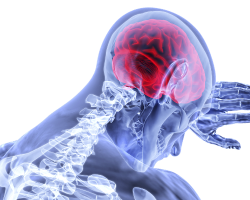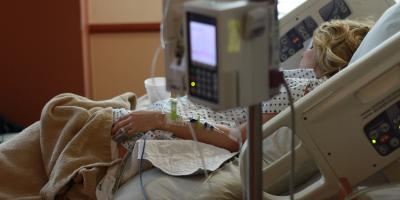Gastroscopy is an examination of the upper part of the digestive tract. It is performed by using a flexible fibre-optic instrument that is passed through the mouth and allows the doctor to see the organs examined on a screen. The examination may be conducted in the case of chronic abdominal pain, repetitive heartburns or gastrointestinal bleeding.
Gastroscopy allows the doctor to directly examine the lining of the oesophagus (gullet), stomach and duodenum, along with any changes occurring in the organs examined. The speculum makes it possible not only to assess the organ condition, but also to collect a small sample of a tissue that may bear pathological lesions for further examination.
When is gastroscopy necessary?
The most common symptoms that require gastroscopic examination include chronic abdominal pain, nausea, vomiting, heartburns, swallowing disorders, gullet burns, weight loss, anaemia, gastrointestinal bleeding, suspected ulcers, and suspected stomach or duodenum cancer.
Gastroscopy is sometimes performed after surgical procedures.
Certain therapeutic procedures, such as polyp removals, may also be conducted during gastroscopic examination.
How can you prepare for gastroscopy?
- You must not eat for eight hours before the examination;
- You must not drink, smoke or chew a gum for four hours before the examination;
- You must remove any dental prostheses before the examination;
- Some patients may need to take antibiotics before the examination due to the nature of their illness or lesion.
How is the examination performed?
The examination usually lasts between 10 and 30 minutes, during which the patient lies on his/her back or side. The examination is performed by using the endoscope which is a flexible, little-finger-thick instrument with a visual device that allows displaying the inside of the digestive system on a colour screen.
The examination involves blowing some air into the stomach, which enables a better view of the area examined, but may cause flatulence.
You must not eat, drink or smoke for two hours after the examination.
Is the examination performed under anaesthesia?
Gastroscopy causes certain discomfort which is reduced by using a local anaesthetic which numbs the throat.
The examination may also be performed under general anaesthesia. In this case, the patient receives a soporific and falls asleep for over ten minutes. When the examination is over, the patient must not drive any machines for at least 12 hours.
For a few days following the examination patients may experience slight throat pain resulting from the irritation caused by inserting the endoscope.









Comments (0)